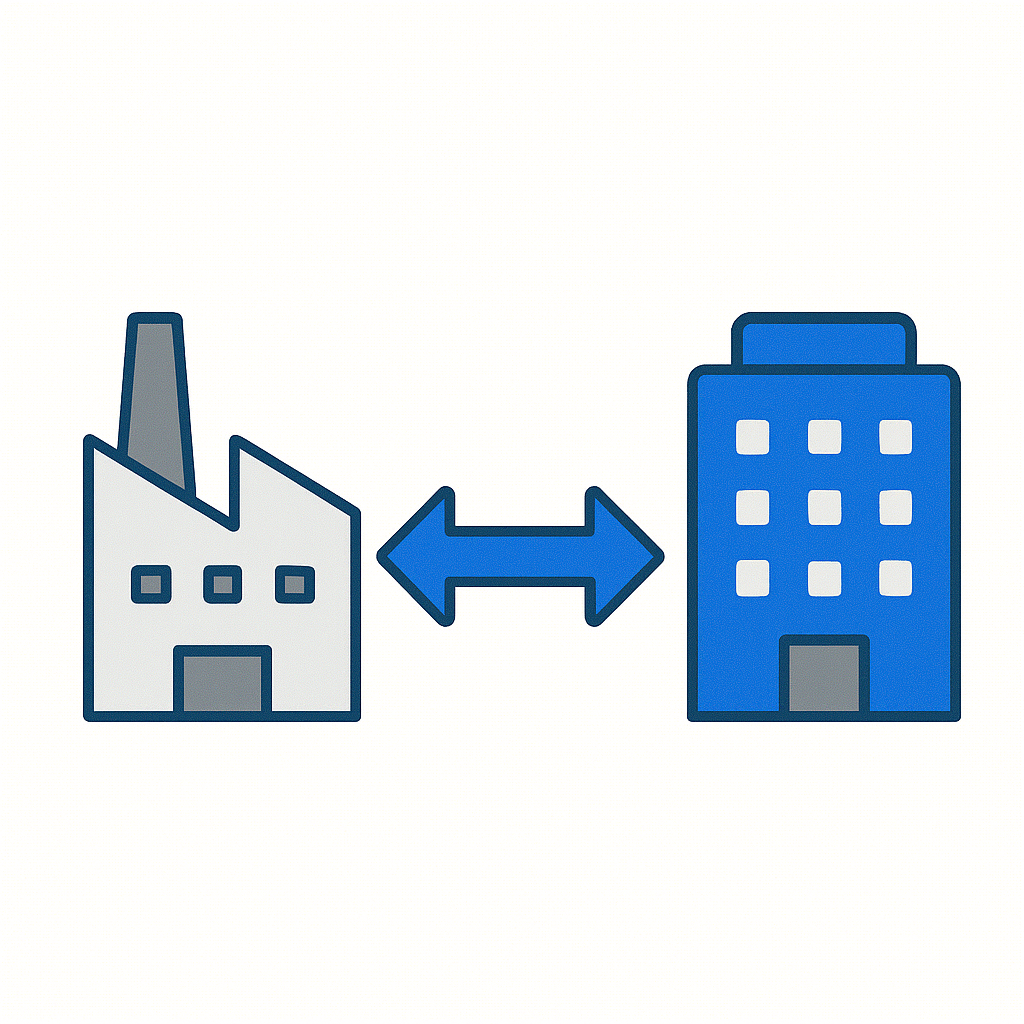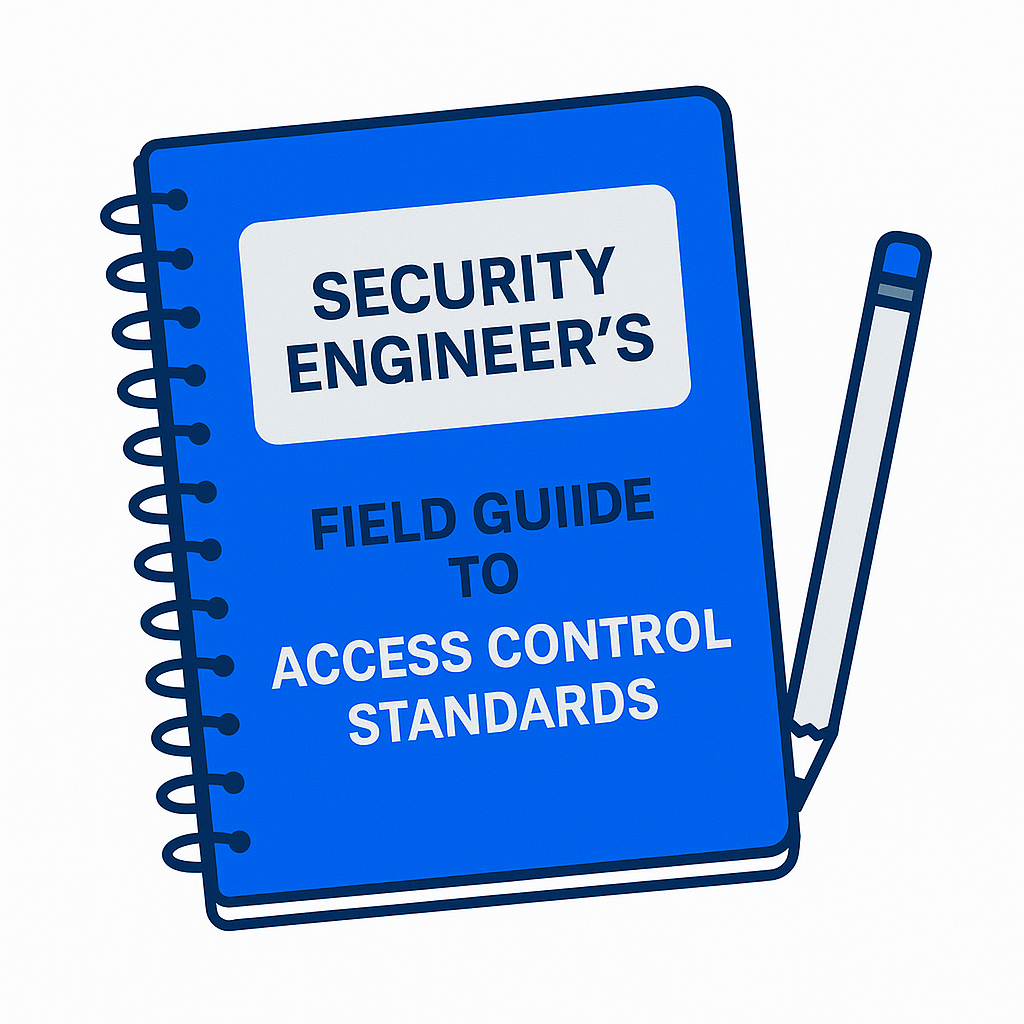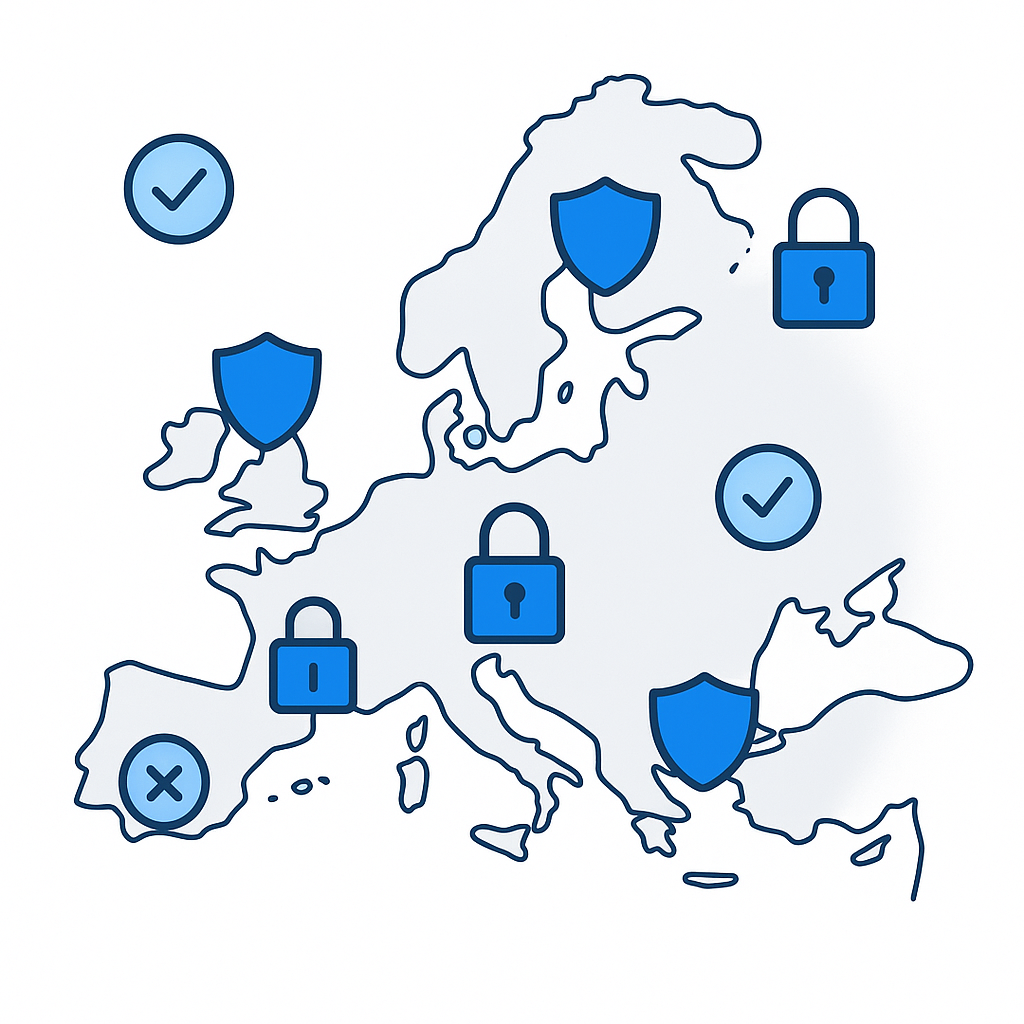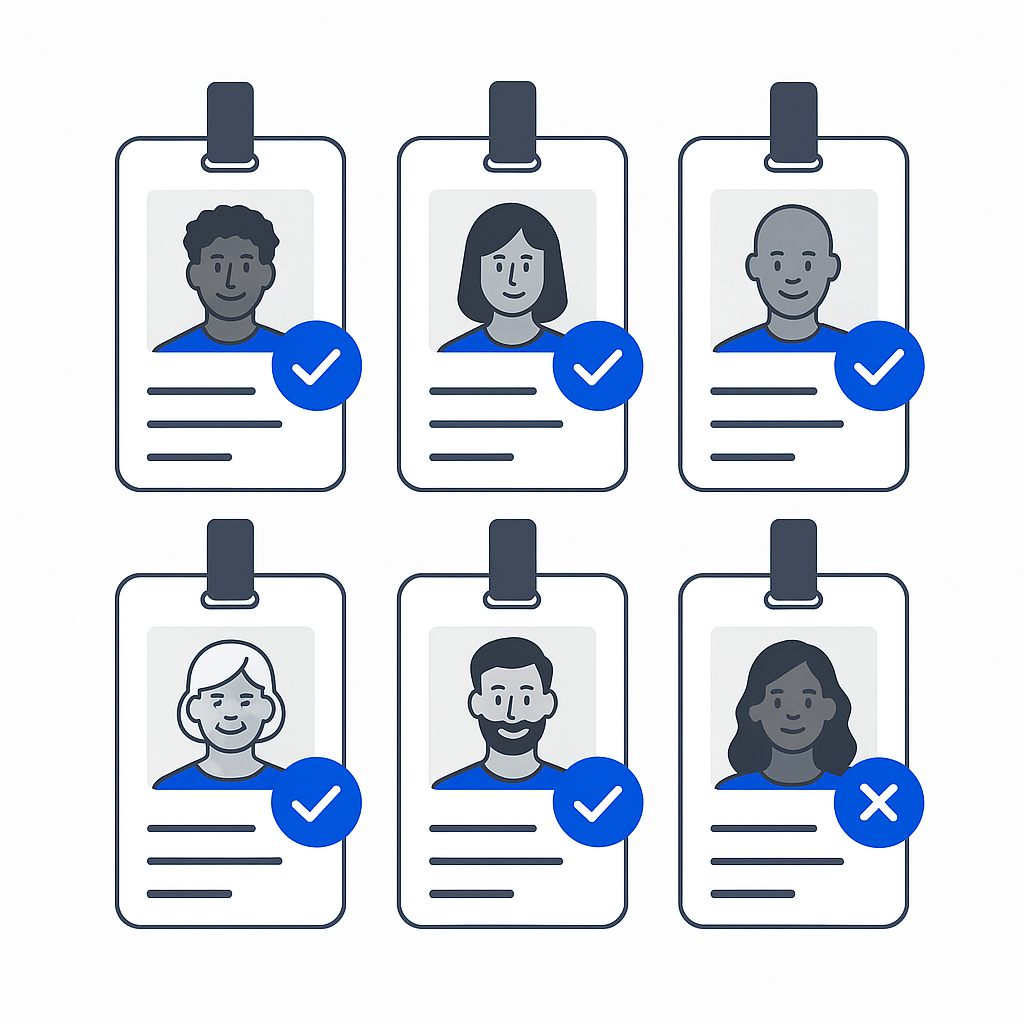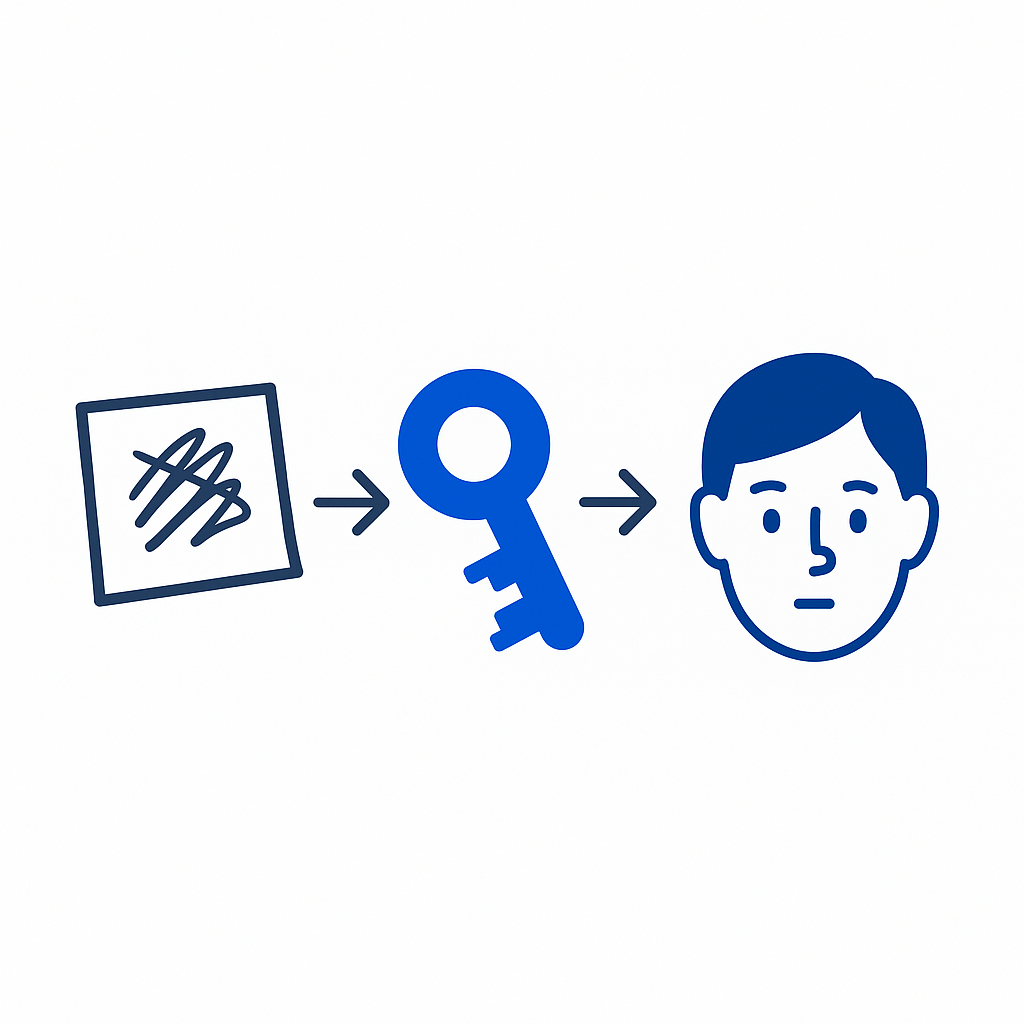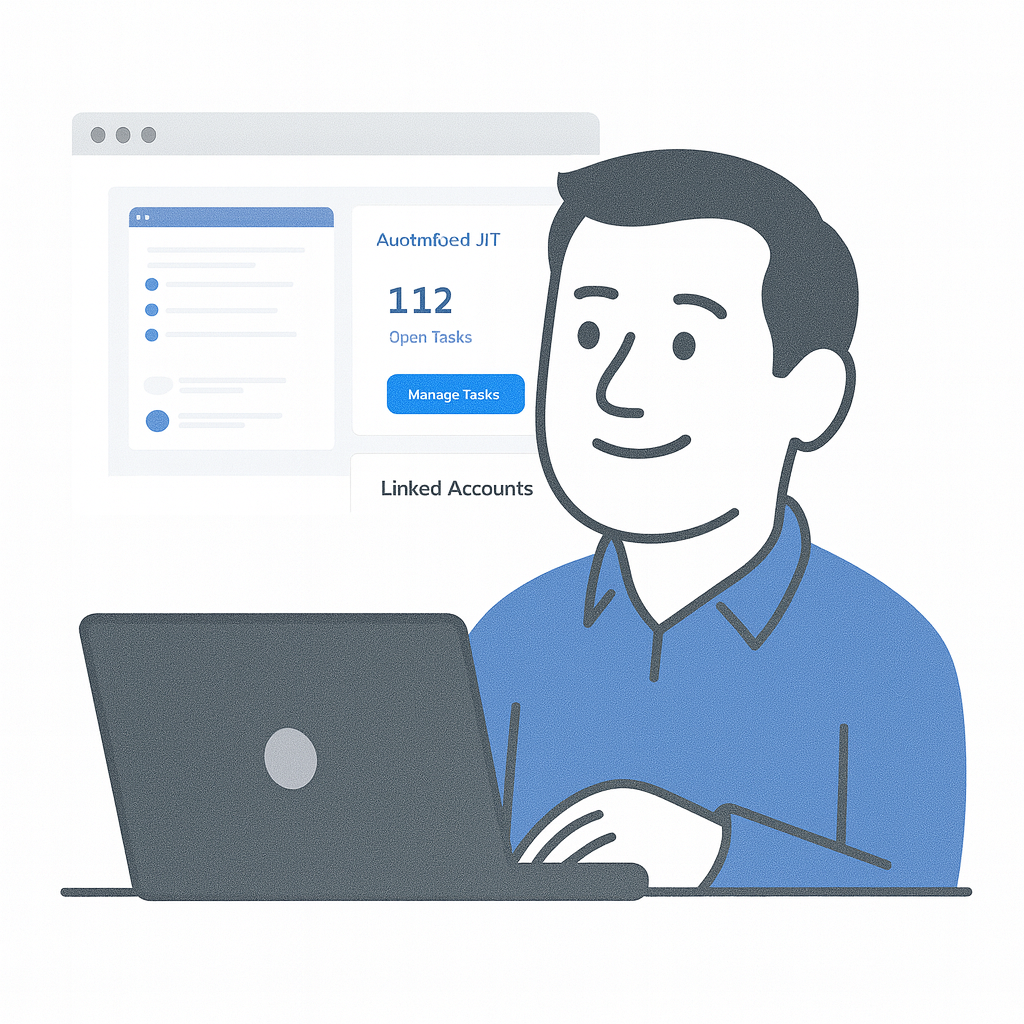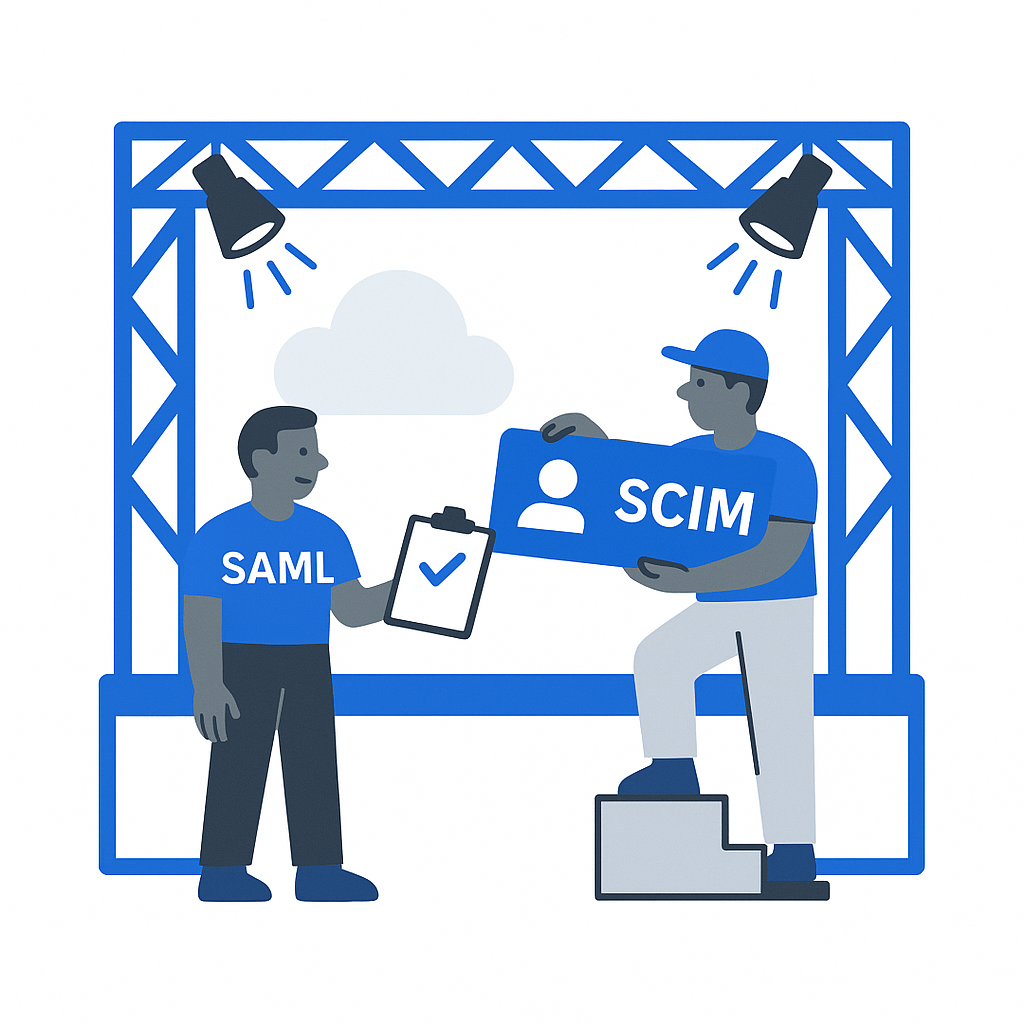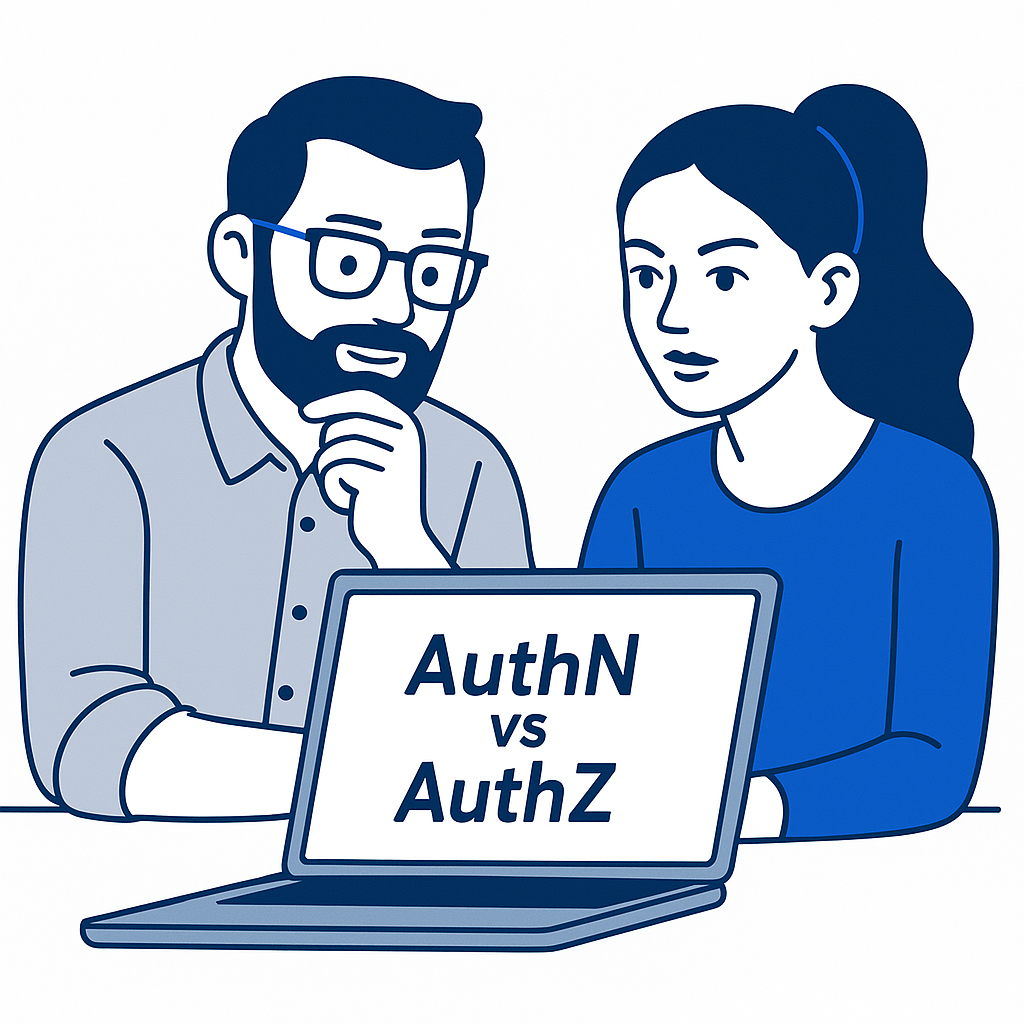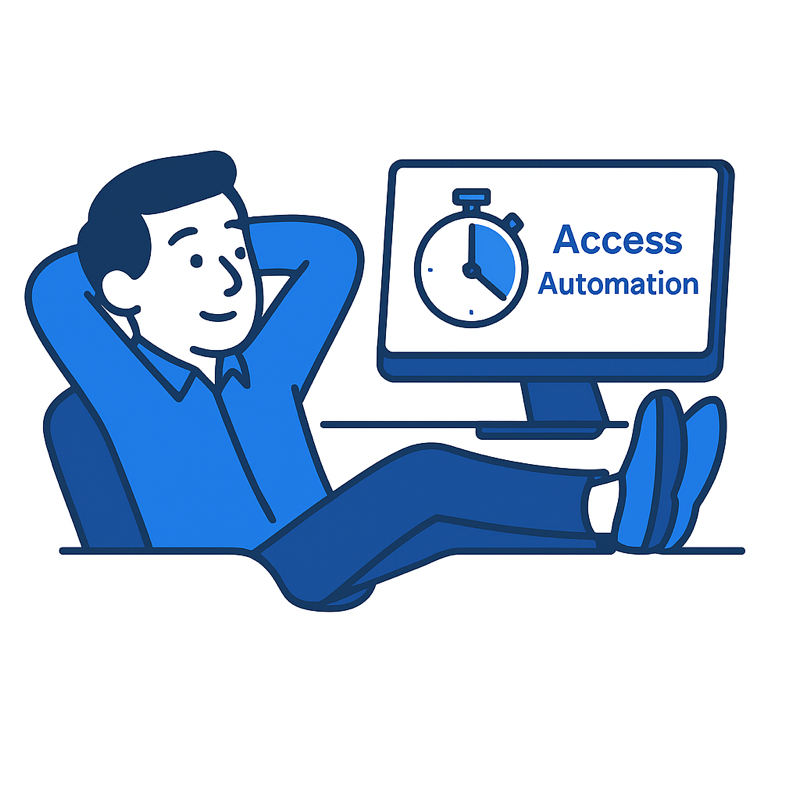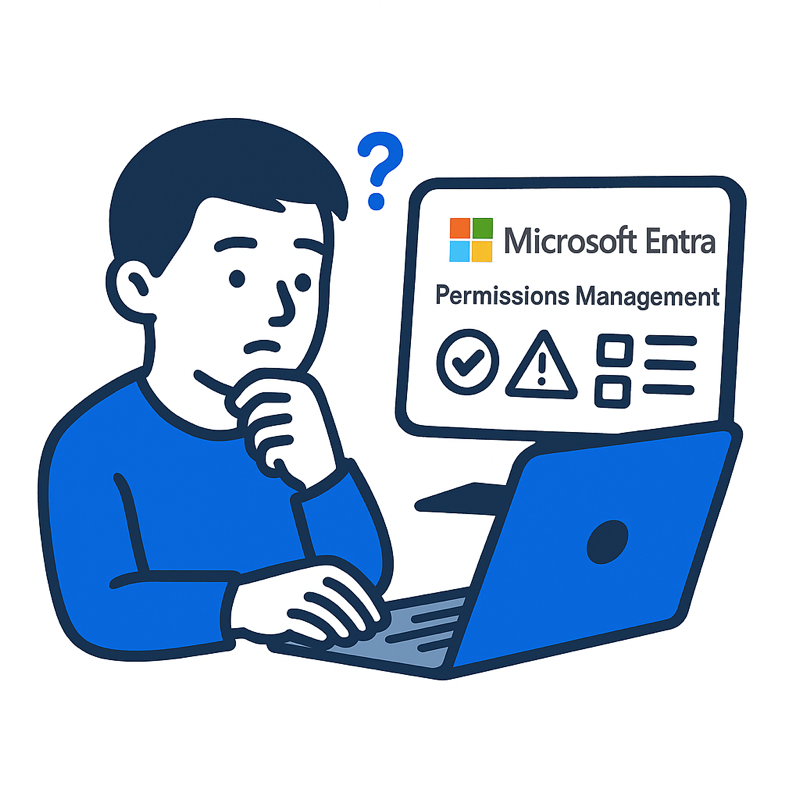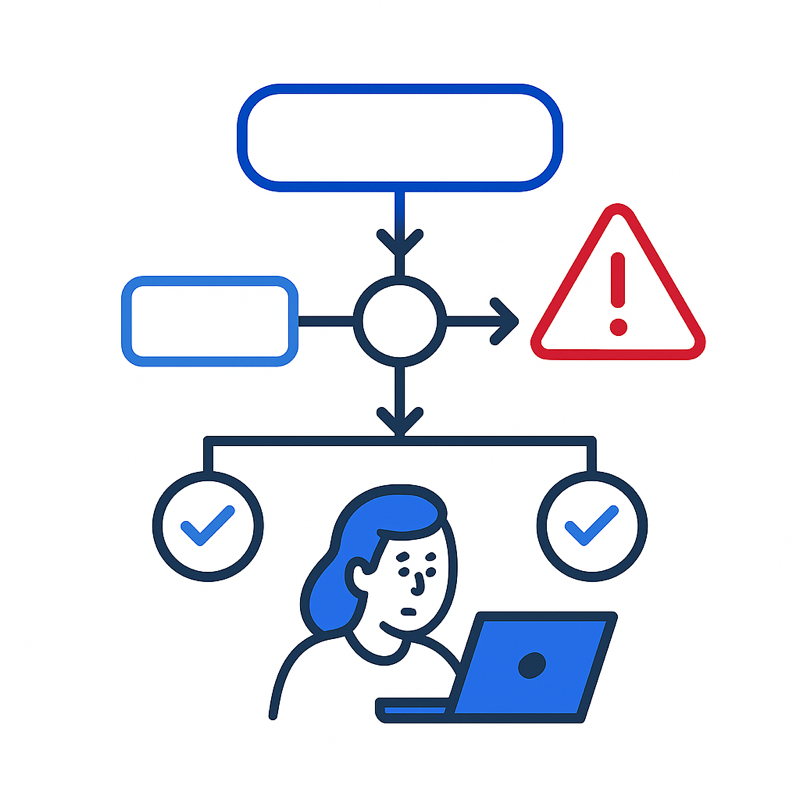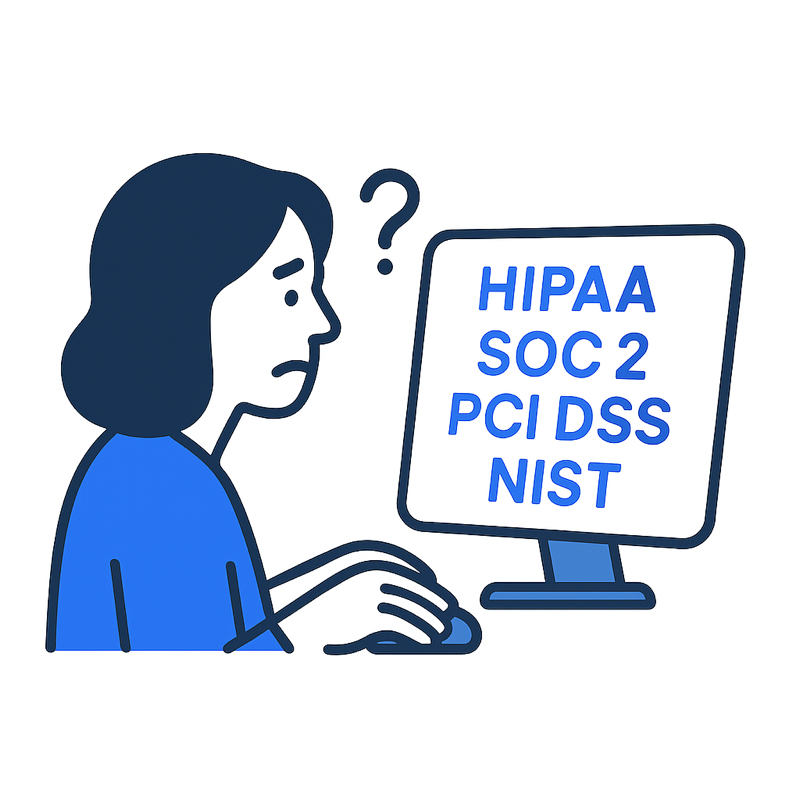Integrating On-Call Playbooks with Access Automation
(Because Action Shouldn’t Require a Pager)
There’s a moment in every IT professional’s career that feels like an out-of-body experience in slow motion. You see the alert. You scan the logs. Your stomach drops. Something’s stopped working. Maybe it’s customer-facing. Maybe a misfired script. Maybe it’s just a dev with good intentions poking around where they absolutely don’t belong.
So now what?
Traditionally, this is where the real incident begins, not when the wrong configuration was changed, like threading spaghetti through a moving keyhole and playing reluctant whack-a-mole. Who has access to what? Who can disable that account? Is the IAM team awake? Is there even a process for this scenario? Spoiler alert: probably not one that moves fast enough. 2025 cybersecurity statistics are full of such stories.
Operations teams have ramped up their monitoring capabilities. We’ve got threat intel feeds, AI security alerts, and log pipelines that fire off messages faster than you can say “CloudTrail.” But containment, the unglamorous, deeply manual part of incident response, hasn’t kept pace.
That’s where integrating access automation into your incident response playbooks isn’t just helpful. It’s game-changing.
The Lag Between “Detected” and “Disconnected”
In most “on-call o’clock” incidents, the lag isn’t just debugging the problem. It’s coordinating the people and permissions to fix it. Someone needs temporary access to a system. Someone else needs their expired role re-enabled. And someone needs to lock down a change that went too far, too fast. With every outage, the first 10 minutes aren’t about fixing; they’re about untangling access.
The systems may be smart. But the processes? Often painfully manual.
Access automation fills the gap. It doesn’t just speed things up, it makes playbooks operational. Reliable. Calm. Even when the app isn’t.
A Better Playbook Starts With Fewer Assumptions
The classic incident response (IR) playbook assumes a lot. That all roles are documented. That all credentials are tied to real identities. That someone can jump into a console and yank access without triggering a permissions meltdown.
In reality, identities sprawl. Temporary accounts linger. Vendors get access and keep it longer than they should. And in the pea-soup fog of an incident, even the best security team can get tripped up by “Wait… who’s this account tied to?”
Access automation gives you leverage. It lets you declare, upfront, how certain conditions, like a critical alert, a suspicious login, an outage, or even an HR trigger, should lead to access removal, no questions asked. Not after a ticket. Not after a meeting. Immediately and clinically.
The goal is to automate the obvious.
From Playbooks to Action Buttons
Picture this: a container platform is throwing 500s in prod. The SRE on-call needs elevated access to patch a misconfiguration. But policy says they can’t have standing admin. So now it’s a flurry of Slack messages, ticket pings, and prayers to the IAM team gods.
Or…
Your on-call automation tool triggers a just-in-time access request based on the service alert. Access is granted temporarily with full audit, limited scope, and zero waiting. The SRE fixes the issue. The access evaporates afterward.
That’s access automation in action: faster incident response without bending the rules.
Because let’s face it: access is the first thing you want to cut during any situation. So why should that depend on a human waking up?
Granularity Matters More Than Bravery
Not every incident warrants a nuclear response. Sometimes, it’s a single role in a single cloud project. Sometimes, it’s a vendor integration gone rogue. Sometimes, it’s “Chris’s team accidentally ran that script again.”
“Speak softly and carry a big stick; you will go far.”
- Theodore Roosevelt
Access automation gives you granularity. You don’t have to disable the entire account. You can remove just the risky privilege. Or temporarily suspend access. Or trigger a re-authentication requirement with limited scope.
More importantly, this can be done conditionally, based on context. Was this access request made outside working hours? From an unrecognized device? Triggered by a process that doesn’t normally require elevated permissions?
These are the decisions access automation platforms can make at machine speed, following rules that your team defines, not a rules engine that assumes every incident needs a fire extinguisher.
The Audit Trail Writes Itself
In the aftermath of a breach, everyone wants a timeline. What happened, when, and what actions were taken?
Access automation shines here, too. Every revocation, every trigger, and every conditional denial is logged and timestamped. That means no more forensic archaeology to figure out “who turned off that role and why.”
It’s not just helpful, it’s compliance gold. Regulators don’t want to hear that you could have revoked access quickly. They want proof that you did. Automatically. Consistently. And ideally, before any damage was done.
Turning Proactive
There’s an argument that access automation shouldn’t just respond to incidents. It should prevent them. By automating access revocation based on time limits, context, or usage patterns, you drastically reduce the surface area for incidents and attackers. No standing permissions means fewer open doors. No unused accounts means fewer forgotten credentials to exploit.
The more you automate revocation proactively, the fewer actual incidents you’ll face. Or at least, the fewer that end with “…and that’s how the attacker got in.”
Access automation isn’t just an incident response tool. It’s incident resistance, baked into your single or multi-cloud security infrastructure.
Build Once, Use Often
Integrating access automation into your playbooks doesn’t have to be a heroic undertaking. An access automation platform just needs to be listening and capable of making access decisions efficiently and swiftly.
Once it’s set up, often in as little as 30 minutes (with Trustle), you gain something rare in cybersecurity: reusable, predictable response. You’re no longer relying on individual judgment under pressure. You’re executing playbooks like they’re code. Because they are.
And when the next alert comes in, you’re not sweating over who to call. You’re watching access evaporate before the incident develops further or the attacker gets comfortable.
Closing the Gap Between Knowing and Doing
Security teams have never had more insight into what’s happening in their environments. But insight without action is just noise. The real trick is turning detection into a decision, and a decision into de-provisioning.
That’s what access automation enables. It closes the loop. It means your response plan doesn’t end with a ticket; it ends with a locked door.
Because when the incident occurs, the one thing you shouldn’t be doing is fumbling for the keys.




























